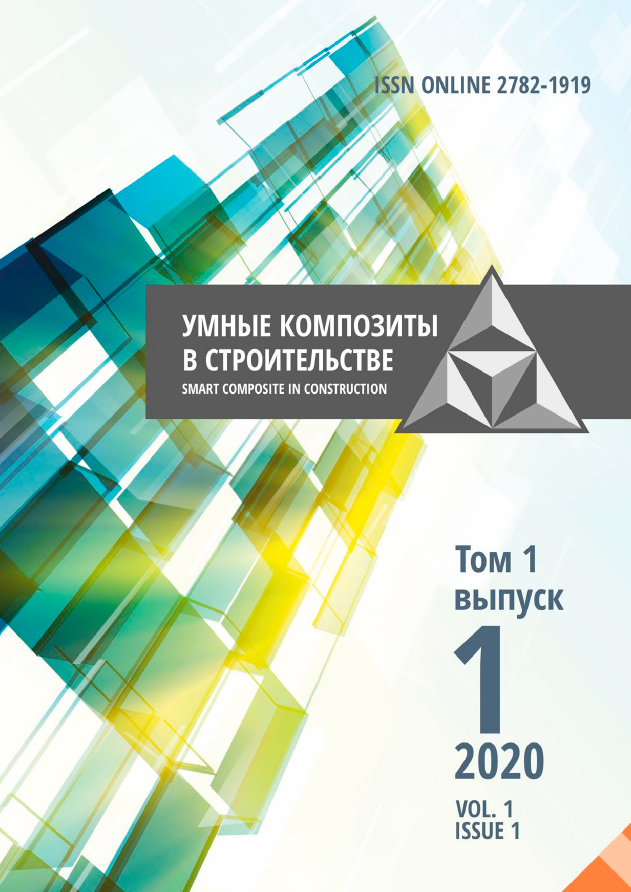Yaroslavl State Technical University (Kafedra "Arhitektura", Zaveduyuschiy kafedroy)
Yaroslavl, Yaroslavl, Russian Federation
The paper deals with the design and methodology of neutralizing the impact of new construction on the integrity of the historic environment under its reconstruction - regeneration. Creative adhoc methods are analyzed in contemporary architectural practice by applying the basic principles of contextualism as a positive creative credo recognizing the dominant value of the historical environment. The paper provides an original classification of new construction objects in the "adhoc" genre. They come together by a common method of devisualization. Technically, this method is based on using modern high-tech building materials — translucent and light-reflective planars, which are composites by the physical structure. We define the design conditions and limitations to using these façade- enveloping materials. In conclusion, it is argued that the development of high technology in modern architecture with the use of "smart composites" can pave a way to effectively implement the method of new construction withing the regeneration of the historic environment. Thus, the problem of harmony of "old" and "new" in urban planning — the urban renewal specifically — is solved.
istoricheskaya sreda, regeneraciya, kontekstualizm novogo stroitel'stva, adhokratiya, devizualizaciya, planarnoe osteklenie, arhitip
1. Convention on the protection of the world cultural and natural heritage (UNESCO, 1972). UN; 2019. URL: www.un.org, www.unesco.org (in Russian).
2. World Heritage List. UNESCO; 2019. URL: ww.unesco.org
3. Yargina Z.N. Aesthetics of the city. M.: Stroyizdat, 1991. (in Russian).
4. Yargina Z.N. Urban planning analysis. M.: Stroizdat. 1984. P. 244. (in Russian).
5. Shevchenko E.A. About problems of preserving historical settlements and not only… Saint Petersburg: ZAO publishing house «Zodchiy». 2018. P. 367. (in Russian).
6. Historische Stadtkerne in Rußland. Erfahrungen der russisch – deutschen Zusammenarbeit bei der Lösung von Aufgaben im Bereich Rekonstruktion und Entwicklung von historischen Altstaden und Altstadtteilen. Ministerium für Stadtentwick-lung, Kultur und Sport des Landes Nordhein-Westfalen (MSKS), Ministerium für Bauwesen der Russischen Fodera-tion (MINSTROJ) – Dortmund: Institut für Landes – und Stadtentwicklungsforschung des Landes Nordrhein-Westfalen, ISL. 1996. V. 110. P. 169.
7. Schempp D., Krampen M. Glass Architects/Glasarchitekten. Concepts, Buildings, Perspectives. Konzepte, Bauten, Perspek-tion, Avedition. Verlagfür Architectur. 2000. C. 240.
8. Campagno A. Intelligent Glass Facades. Material, Practice, Design. Birkhaüser Verlag. 2002. P. 160.
9. Pottgiesser U. Fassad enschichtungen-Glas. Mehrschalige Glaskonstruktionen. Bauwerk Verlag, 2003. P. 208.







